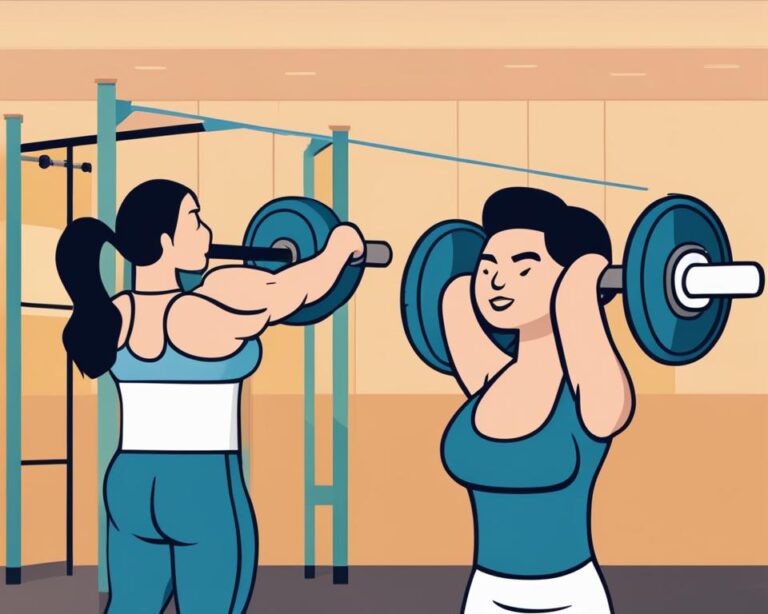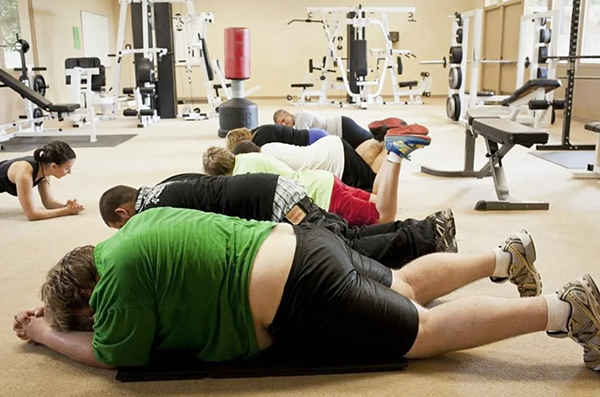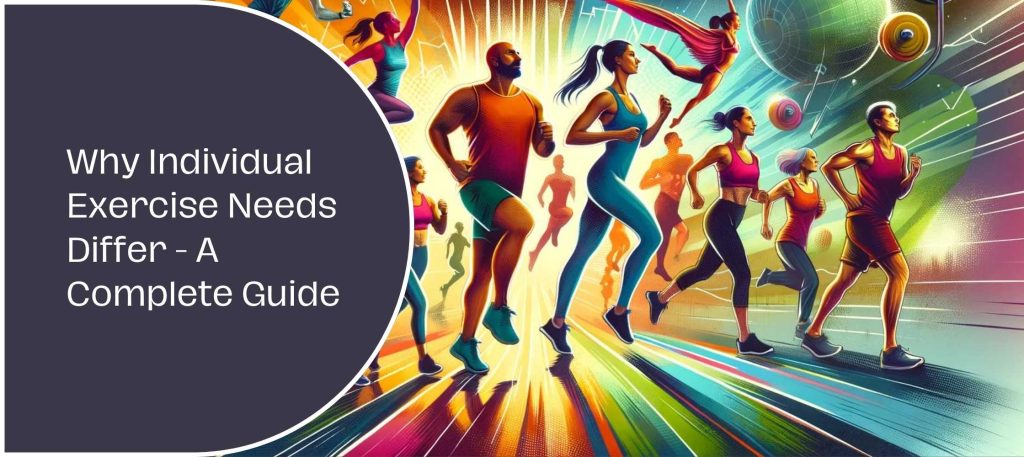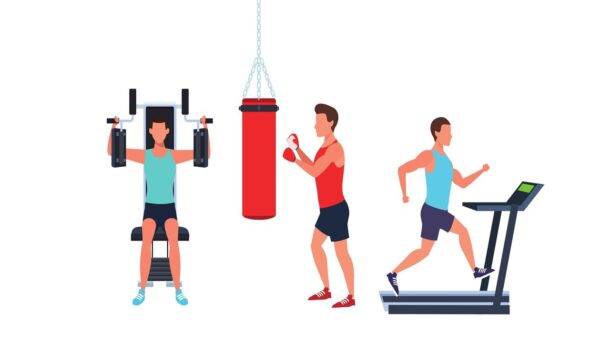Why Do Exercise Needs Vary Between Individuals

Imagine two friends, Sarah and Michael, embarking on the same fitness journey. Sarah, after a month of consistent effort, is feeling energized and seeing results. Michael, on the other hand, feels drained, struggling to keep up despite following the same workout routine. Why does exercise affect them so differently? The answer lies in the fascinating and complex world of individual variability.
Understanding why exercise needs vary is crucial for crafting effective and sustainable fitness plans. This personalized approach not only maximizes benefits but also minimizes the risk of injury and burnout.
The Symphony of Individual Variation
The human body is a marvel of intricate systems, each influenced by a unique blend of factors. Genes, age, sex, fitness level, lifestyle, and even psychological state all play a role in determining how we respond to physical activity.
The Genetic Blueprint
Our genes provide the foundational blueprint for our bodies. They influence everything from muscle fiber type composition to metabolic rate. Genetic predisposition significantly affects how efficiently we build muscle, burn fat, and recover from workouts.
Some individuals are genetically predisposed to be more efficient endurance athletes. While others may find it easier to build strength and power. Genetic testing is becoming increasingly accessible. It provides valuable insights into individual responses to exercise, allowing for more targeted training strategies.
The Age Factor
Age is an undeniable factor affecting exercise needs. As we age, our bodies undergo natural changes. This includes a decline in muscle mass, bone density, and cardiovascular function.
Older adults may require lower-impact exercises. As well as longer recovery periods compared to younger individuals. The American Heart Association recommends that older adults tailor their exercise programs to their individual abilities and health conditions.
Sex and Hormonal Influences
Biological sex plays a significant role in exercise response. Men and women differ in hormonal profiles, muscle mass distribution, and body composition.
Testosterone, for example, promotes muscle growth. It means men often have a greater capacity for building muscle mass compared to women. Women, on the other hand, experience hormonal fluctuations throughout their menstrual cycle. This affects energy levels and recovery.
The Fitness Level Equation
Current fitness level is a major determinant of exercise needs. A seasoned athlete requires a different training stimulus than someone just starting their fitness journey. The principle of progressive overload dictates that we gradually increase the intensity, duration, or frequency of exercise to continue seeing improvements.
Overloading too quickly can lead to injuries. While not enough overload will impede progress. Therefore, it is important to assess your current fitness level and design a program that is challenging but sustainable.
Lifestyle's Impact
Our daily habits significantly influence our exercise requirements. Factors like sleep quality, nutrition, stress levels, and occupation play crucial roles.
Poor sleep, inadequate nutrition, and chronic stress can impair recovery. It also reduces exercise performance. People with physically demanding jobs may need less structured exercise compared to those with sedentary lifestyles.
The Mind-Body Connection
Our mental and emotional state significantly influences our exercise experience. Stress, anxiety, and depression can impact motivation, energy levels, and perceived exertion.
Mindfulness practices, such as meditation and yoga, can help manage stress. It also improves the mind-body connection, enhancing exercise adherence and enjoyment. Listening to your body and adjusting your workout accordingly is vital for preventing burnout.
Decoding the Individual Puzzle
Determining individual exercise needs requires a holistic approach. It goes beyond simply following generic guidelines. Consider consulting with a qualified healthcare professional or certified personal trainer to develop a personalized exercise plan.
They can assess your individual needs, goals, and limitations. These professionals will design a safe and effective program. Functional Movement Screen (FMS) is an example tool that identifies movement limitations and asymmetries.
“The key to successful exercise is finding a routine that you enjoy and that fits into your lifestyle.”
The Role of Personalization
Personalized exercise programs are tailored to individual needs and preferences. It can lead to greater adherence and better outcomes. These programs consider factors such as age, sex, fitness level, goals, and any underlying health conditions.
Personalization extends beyond just the type of exercise. It also includes the intensity, duration, frequency, and progression of the workouts. Wearable fitness trackers and heart rate monitors can provide valuable data to inform personalized training adjustments.
The Importance of Listening to Your Body
Paying attention to your body's signals is paramount. This helps you to prevent overtraining and injuries. Learn to recognize the difference between muscle soreness and pain.
Adjust your workouts based on how you feel. Rest when you need to and don't be afraid to modify exercises. Overtraining can lead to fatigue, decreased performance, and an increased risk of injury.
Beyond the One-Size-Fits-All Approach
The concept of individualized exercise needs is gaining increasing recognition. This is among healthcare professionals and fitness enthusiasts alike. Moving away from generic recommendations towards personalized strategies is crucial. It maximizes the benefits of physical activity for everyone.
Research continues to unveil the intricate interplay of factors influencing exercise response. This is paving the way for even more precise and effective training methodologies.
Embracing the Journey
Finding the right exercise routine is a journey of self-discovery. It involves experimentation, adaptation, and a willingness to learn. Be patient with yourself and celebrate your progress along the way.
Focus on building sustainable habits that promote both physical and mental well-being. Exercise is not just about reaching a specific fitness goal. It is about improving your overall quality of life.
A Final Thought
The reason why exercise affects each of us uniquely is a testament to the beautiful complexity of the human body. Embracing this individuality is key to unlocking the full potential of physical activity. So, listen to your body, find what works for you, and enjoy the journey towards a healthier, happier you.


















